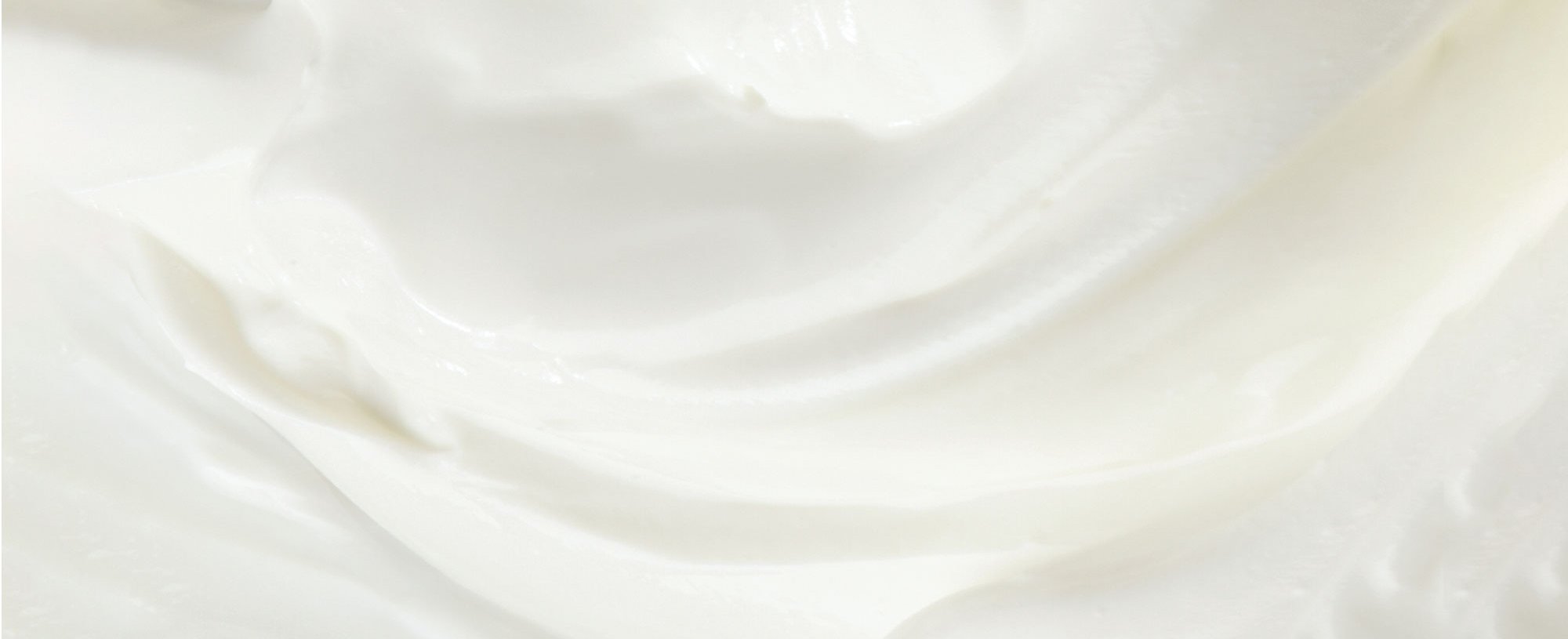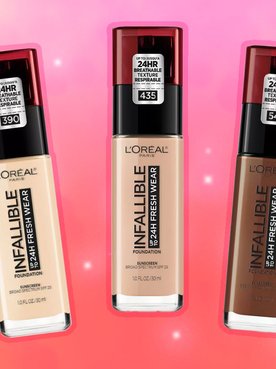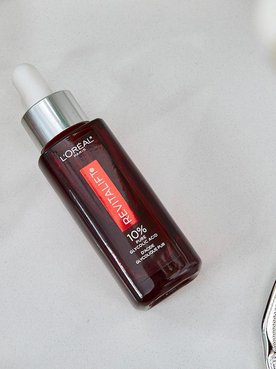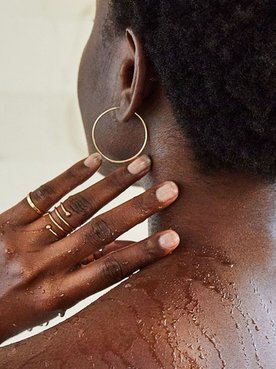By now, you’ve likely heard about chemical peels, the different options there are, and the wonders they can do for an array of skin concerns. But no matter how much research you’ve done on how this form of chemical exfoliation can benefit your skin, it’s a good idea to brush up on your chemical peel aftercare know-how before you commit to this particular beauty treatment. Read on to for the eight things you should know about chemical peel aftercare. Skin care lessons are in session!
1. GOOD THINGS TAKE TIME
We’re sure you’re familiar with the saying, “good things take time,” and it applies to your post-chemical peel mindset. The type of chemical peel treatment you get determines how long your healing process will be. According to the American Academy of Dermatology (AAD), a refreshing peel can heal within one to seven days, a medium peel can heal within seven to 14 days, and a deep peel can heal within 14 to 21 days. That being said, the initial healing process is only part of the battle, as additional redness, scabbing, swelling, and blistering can occur after the initial range, depending on the treatment you receive. No one said chemical peel aftercare was pretty!
2. YOU CAN WEAR MAKEUP
No, you don’t have to say goodbye to your precious foundation, blush, and highlighter while you're recovering. Once again, the amount of time you have to wait before wearing makeup depends on the type of peel you receive. If you get a refreshing peel, you can wear makeup immediately after or the next day, per the AAD. More intense chemical peels require more time before reuniting with your makeup bag. The AAD states that you can wear camouflaging makeup five to seven days after a medium peel while those who receive deep peels need to wait a minimum of 14 days before applying makeup.
3. IT’S NOT ALWAYS ONE AND DONE
Remember that saying about good things taking time? Well, it holds true in more ways than one. According to the AAD, to achieve your desired results, you may need to have three to five refreshing peels, repeated every two to five weeks. Don't expect to walk in, receive one treatment, and then be done!
4. AT-HOME CARE IS A MUST
As you can probably imagine, it’s important to take care of your skin after a chemical peel. The AAD states that refreshing peels call for a lotion to be applied daily until the skin heals, medium peels call for daily soaks and ointment application, and deep peels call for four to six daily soaks, as well as ointment and thick cream application.
5. HYDRATION IS KEY
Keeping your skin hydrated post-peel is a must. Dermatologists advise to use moisturizer as directed to keep your skin moist and supple since skin that is dry and cracking can scar.
6. TANNING IS A NO-NO
As much as you may dream of being a bronzed goddess, tanning is against the rules post-chemical peel—at least until your skin heals. The AAD notes that tanning beds and other types of indoor tanning can prevent your skin from properly healing.
7. THERE ARE POTENTIAL SIDE EFFECTS
By now, you probably get the picture—chemical peels are a big commitment. On that note, there are potential side effects that can occur as a result of receiving a chemical peel. Possible side effects include lightened skin, temporarily darkened skin, redness that can last for months, and scarring. Make sure you talk to your dermatologist about what side effects you can expect, so you don't go into the aftercare process blind!
8. NOTHING LASTS FOREVER
When all is said and done, the last thing you should know about chemical peel aftercare is that nothing lasts forever. Since your skin is continuously aging, it’s important to note that the results of a chemical peel aren’t permanent. You can repeat mild and medium peels to renew your results, according to the AAD, however, a person can only have one deep peel.
Editor’s note: Think you want a chemical peel or have questions about any of the above? Make sure to consult a board-certified dermatologist. We’ve given you an idea of standard chemical peel aftercare, but you’ll also want to follow any instructions given to you by your dermatologist.
Next up: Let’s talk about another popular skin procedure. Head on over to our article, What is Dermaplaning? Your Guide to This Popular Facial, for your next skin care briefing.





